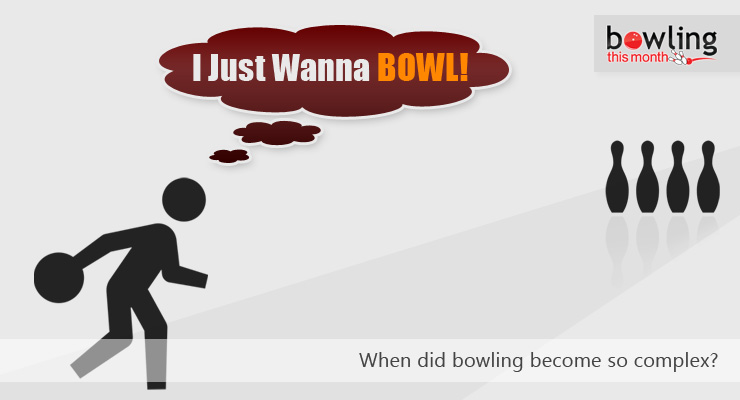Article Contents
- 1. What bowling ball do I need? What layout do I use? How do I play this pattern?
- 2. The driver: the bowler
- 3. Tires: the bowling ball’s surface
- 3.1. Too much surface
- 3.2. Not enough surface
- 4. The engine: core dynamics
- 5. The weather: our invisible playing environment
- 6. Have a question?
Note: This article is only available to Bowling This Month subscribers.
With all the talk today of EVERY possible variable needed to strike – the right ball, the right layout, the right surface, AND the ability to read an invisible environment – you’ve really got to wonder how anyone EVER strikes!
In the big scheme of things and, taking a simplified view of the bowling world, our sport really hasn’t changed significantly for the masses. All that is required is understanding what YOUR bowling ball is doing on YOUR lanes, watching YOUR ball’s reaction, and responding to it appropriately. In short, your bowling ball tells you what the lane is doing. The pins tell you what the bowling ball is doing.
What bowling ball do I need? What layout do I use? How do I play this pattern?
A funny analogy comes to my mind when I hear bowlers asking these questions:
Question: Why was the man (bowler) banging his head into the wall?
Answer: Because it felt good when he stopped!
I think bowlers need to simplify. Let’s start by simplifying ball motion. We’ll do this by talking about the driver (you the bowler) of a car (your bowling ball) traveling down a road (the lane) and the effects of varying weather conditions (the oil pattern).
The driver: the bowler
The first factor in bowling is YOU, the driver. The bowling ball only does what you tell it to do – direction, ball speed, rev rate, axis tilt, and axis rotation are ALL predicated by how you deliver the ball. Drivers come in all shapes and sizes in today’s game. In addition to throwing the bowling ball, the bowler also needs to be aware of what the ...
Already a premium member? Click here to log in.


 (Only
(Only 